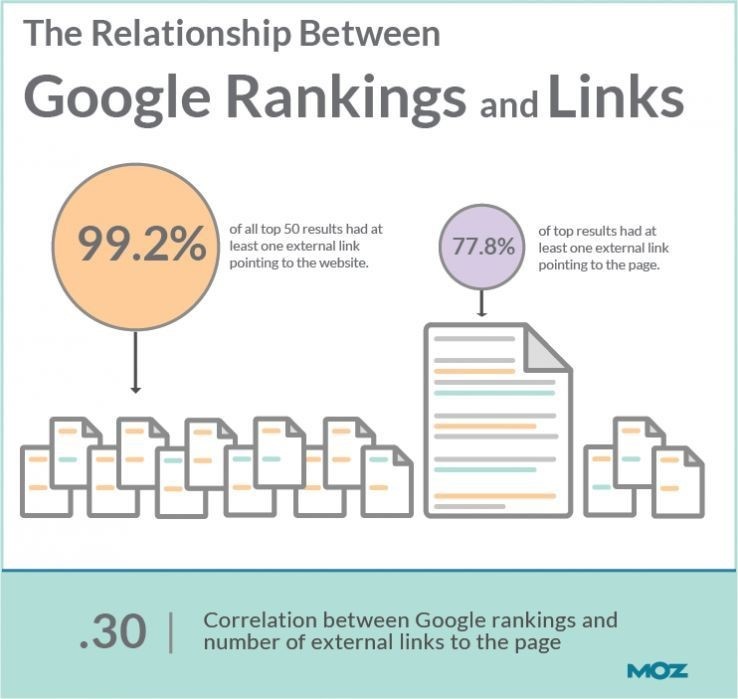Social media is often used by organizations to create content in order to engage with their audiences and current or potential consumers. Further, some organizations use it as an internal resource for their employees to interact with, work with, and get to know one another. But, what does this all really mean, and how does it work (best)?
For external stakeholders, content is meant to be interesting, insightful, and engaging – written by credible sources and experts in their respective fields. When someone does a Google search for a product or service, you would hope that your own website or blog post are relevant and optimized enough to show up near the top of those search results. Hence, keyword research and links to/from external and internal sources become extremely important practices when talking about SEO. Linking to external sources (credible ones) is a way for your brand to build relationships and expand your own credibility.
Linking back to internal pages or other resources on your own site is a way for people to remain active on your own page, and also to review works of writing in which you’ve already partaken. Further, as you become more of a visible expert in your industry or field, Google will take into consideration how many other sites link back to your own page as well. So, it works both ways. As you look to highlight your product or service, you’ll want to hit on topics or terms that resonate with your audience(s).

Infographic credit: https://moz.com/blog/backlinks-google-study
Social platforms such as Twitter, Facebook, Instagram, YouTube and others have become extremely important when looking to connect and engage with consumers and other groups. How each is utilized can be broken down into user bases of said platforms, and in the execution planning for each business. For example, you wouldn’t want to use LinkedIn to rely heavily upon video content, but rather you would choose YouTube or possibly Instagram (now with IGTV feature) for that type of content. (Take a closer look at appropriate types of content here.)

Millenials, in particular, have become fond of experiences to engage with brands, rather than the same old marketing and logo placements of days past; they crave experiences over material possessions. This requires the participatory and interactive nature of social media.
Internally, a company may use social media in order to allow its employees to connect and interact with one another in a virtual setting. First known as intranets, this type of social networking allows close collaboration without having to actually be in the same room as one of your coworkers or teammates, who may actually be scattered across the globe.
With so many platforms vying for your loyalty or business use, each has become somewhat specialized in their offerings, and a battle over market share has been steadily playing out over the last few years.
J.E. Grunig identified four main models of social media functioning in a public relations capacity:
- Press agentry/ publicity
- Public information
- Two-way asymmetrical
- Two-way symmetrical
From a brand management and marketing perspective, I believe that of the four models, two-way symmetrical communication is the best way to utilize social media because publics want organizations to remain transparent and honest, they want to be heard, and they do not want to feel like they are being manipulated or selectively communicated with in light of some hidden agenda. (Lipschultz, pg. 107)
Social media is a powerful tool for business objectives (both internally and externally), if used properly and ethically. It’s a tool for highlighting what makes your brand special, and elevating it to a new level of visibility in a crowded marketplace.
————————————-
Academic sources:
Harris Lipschultz, J. (2018). Social Media Communication: Concepts, Practices, Data, Law and Ethics. [E-Reader Version]. Retrieved from www.amazon.com.
